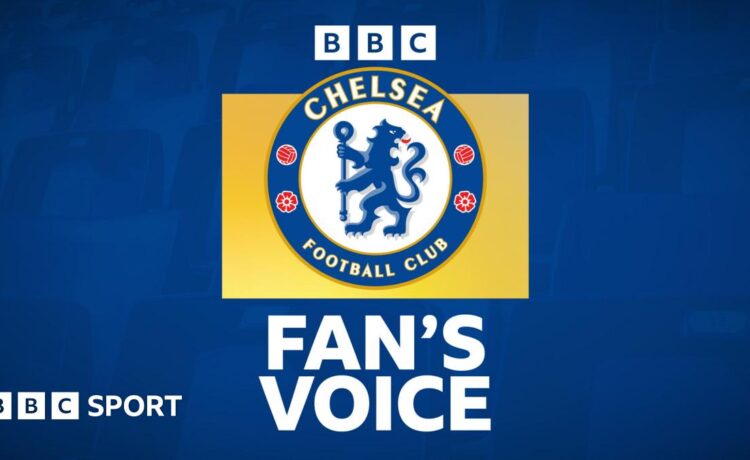It was another busy summer at Chelsea, whose sporting structure has built the club’s transfer philosophy around very defined principles, some of which go against much of the conventional wisdom fans have become used to.
For example, teams in the past would try to minimise turnover in any given window, in order to allow chemistry to develop on the pitch, and to help the group bond off it.
Chelsea have overturned that rule. If there is a chance to buy a player for less than they are worth, they take it. If there is a chance to sell a player for more than they’re worth, they take it.
We saw that in the summer – did Chelsea need to sell Noni Madueke? No. But Arsenal made an offer that allowed the Blues to bank a big profit. Is Alejandro Garnacho a better player? Maybe not, but the chance to buy him for below his market value was equally irresistible.
Buy low and sell high and you will make money. But the cost comes on the pitch, and that was clear on Saturday as Chelsea continued to show a lack of fluency in attack, or indeed any real chemistry in the team.
A combination of injuries and international break fatigue forced Enzo Maresca to rotate his team. But the players brought in are not yet settled, and it showed. The manager had to draw for the big guns at half-time.
A more conservative approach in the summer would have meant players like Madueke or Nicolas Jackson coming into the team; adapted, familiar with the system and ready to deliver. Instead there was the likes of Jorrel Hato, Facundo Buonanotte and Garnacho all making their debuts, trying to learn on the fly.
The advantages of this player trading model are clear – but so are downsides.
Find more from Will Faulks at Chelsea News, external


